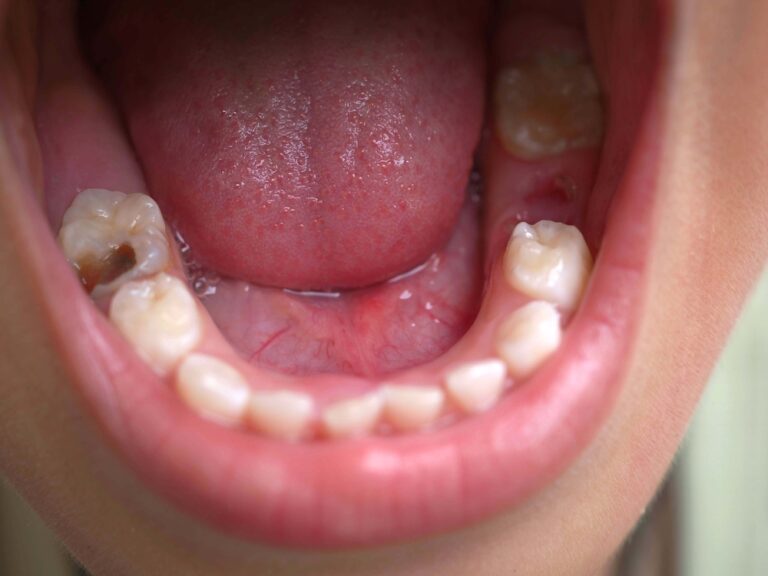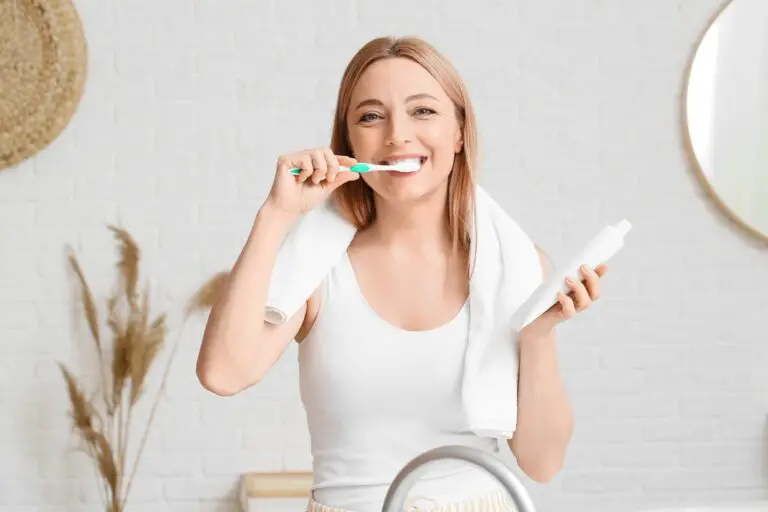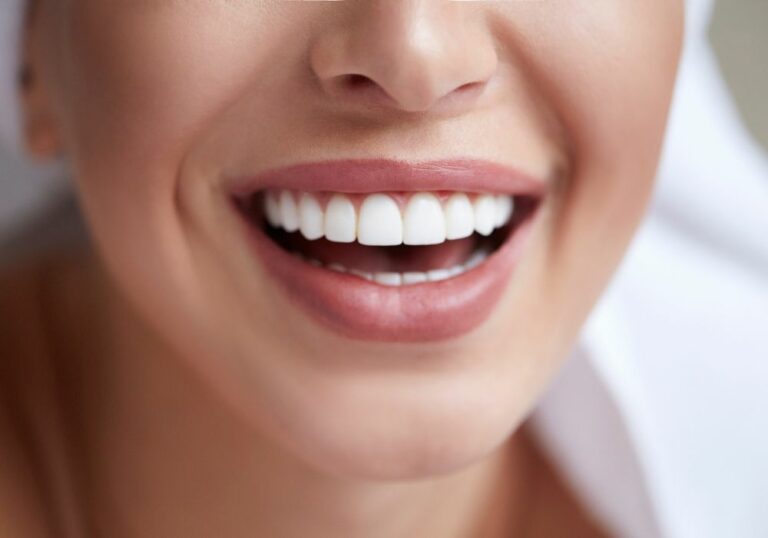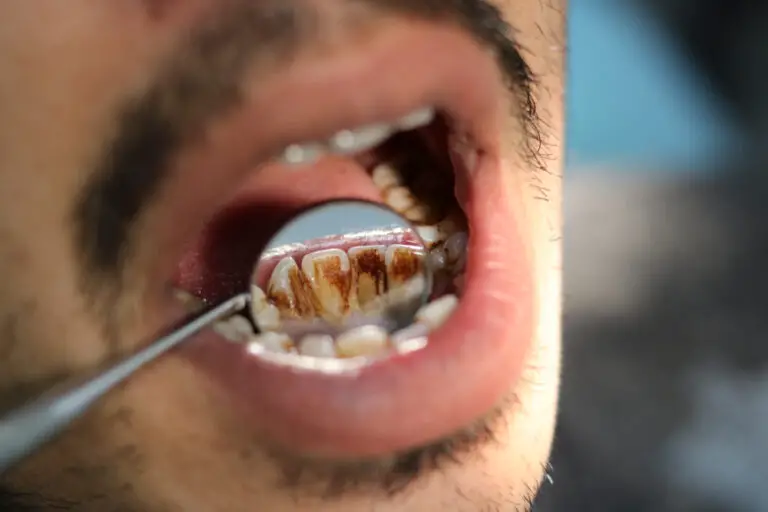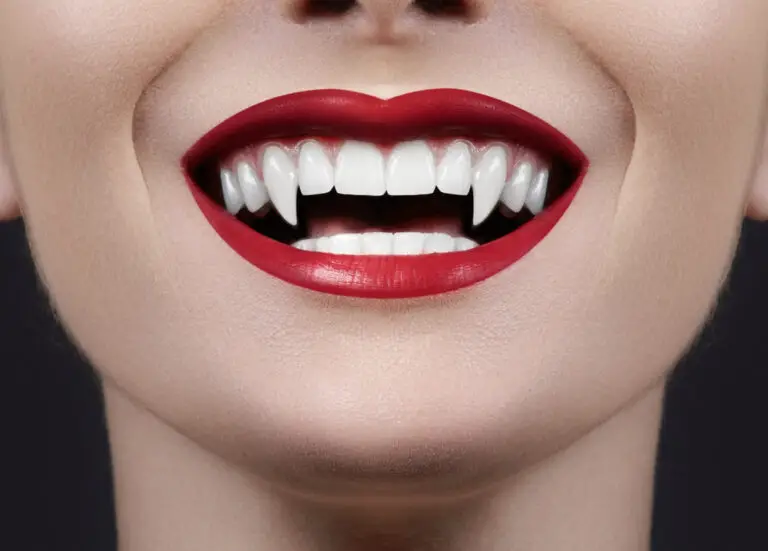A closer look at what causes loose teeth in adults
Loose teeth in adults can result from a variety of oral health problems. Understanding the leading causes is key to getting the right treatment.
Gum disease
Also called periodontal disease, gum disease occurs when plaque – a sticky film of bacteria – builds up on teeth. When not removed by brushing and flossing, plaque hardens into tartar that inflames and infects the gums. Signs of gum disease include:
- Red, swollen, or tender gums
- Gums that bleed easily, like when brushing
- Bad breath or bad taste in the mouth
- Gums receding from the teeth
- Loose or shifting teeth
If gum disease loosens a tooth, deep cleaning procedures like scaling and root planing can remove built-up tartar. Antimicrobial mouthwashes and antibiotics may also be used to clear infection. Regular dental cleanings and excellent oral hygiene can help keep gum disease from worsening.
Problems with dental work
Loose dental work like fillings, veneers, bridges, crowns, or implants can damage nearby teeth. For example, a loose crown might chip the tooth under it. Ill-fitting or defective dental work needs to be replaced by a dentist with new restorations properly contoured and bonded to teeth.
Grinding and clenching
Also called bruxism, grinding and clenching puts excessive biting forces on teeth. This can eventually loosen teeth, damage tooth enamel, and alter alignments. Symptoms include sore jaw muscles, headaches, and teeth that look worn down. Custom mouthguards worn at night cushion teeth from damage. Botox injections to relax jaw muscles may also help.
Cavities and tooth decay
Cavities form from plaque acids demineralizing tooth enamel. Untreated decay can lead to tooth infections deep in the roots that cause abscesses and loosening. Large cavities are repaired with dental fillings. Infected teeth need root canal therapy to remove diseased pulp tissue, followed by protective crowns.
Securing loose teeth with dental splints and braces
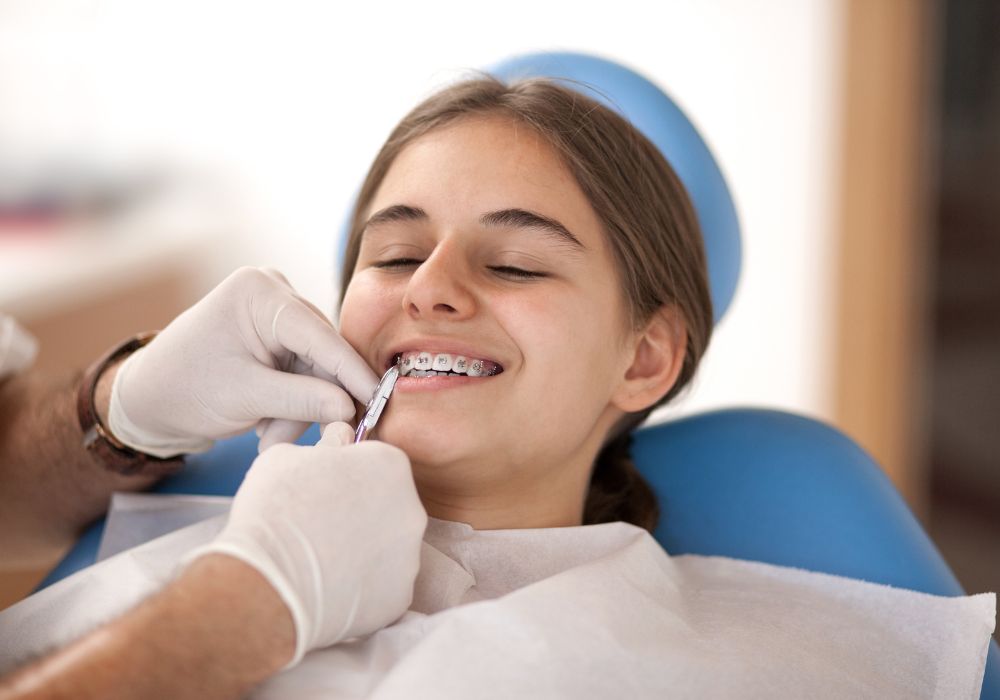
If a tooth is mildly to moderately loose, stabilizing it quickly is important to prevent additional loosening. Dentists have methods to secure loose teeth.
Dental splints
Also called teeth stabilizing splints, these devices are custom-fitted to a patient’s teeth. Splints are designed to keep loose teeth from moving and provide added stability. They may be worn full-time for several weeks or months and then at night. Splints spread biting forces evenly over a wider surface area to take pressure off the loose tooth. They protect the affected tooth from further injury while other treatments are completed.
Orthodontic braces
Braces are another option for securing loose teeth. By gently attaching to adjacent teeth, braces provide anchorage that keeps the loose tooth/teeth from shifting around. The orthodontist can purposefully apply light pressure that pushes a loose tooth back into proper position over time. Some braces used for this purpose can be partially removable for cleaning. Regular adjustments help optimize their stabilizing effects.
Tackling very loose or mobile teeth
When a tooth is extremely loose, more aggressive measures may be needed to try saving it:
Root canal treatment
If decay is causing infection and inflammation of the tooth’s pulp deep inside, a root canal can remove the diseased pulp tissue. After cleaning out the canals, they are sealed and the tooth restored with a crown. This strengthens the remaining tooth structure. However, success rates depend on how severely the tooth is infected.
Gum surgery
If the looseness stems from advanced gum disease destroying the tissues that anchor the tooth, gum surgery can sometimes reattach the gum line and stabilize the tooth. This involves lifting the gums to access the roots for thorough cleaning before suturing the gums closely back to the tooth. Combining with bone grafts can encourage regrowth of lost bone.
Orthodontic extrusion
This technique uses braces to intentionally push a very loose tooth upward out of the socket a small amount in a controlled way. This allows the gums and bone to reattach higher up on the tooth when moved back into place. It provides a better foundation to stabilize the tooth long-term.
Bone grafts
Periodontal disease can destroy the bone holding teeth in place. Bone grafting surgeries use bone collected from elsewhere in the mouth or synthetic bone materials to rebuild bone volume around loose teeth. This provides improved anchorage. Platelet-rich growth factors may also be applied to boost healing.
When extraction is the best option
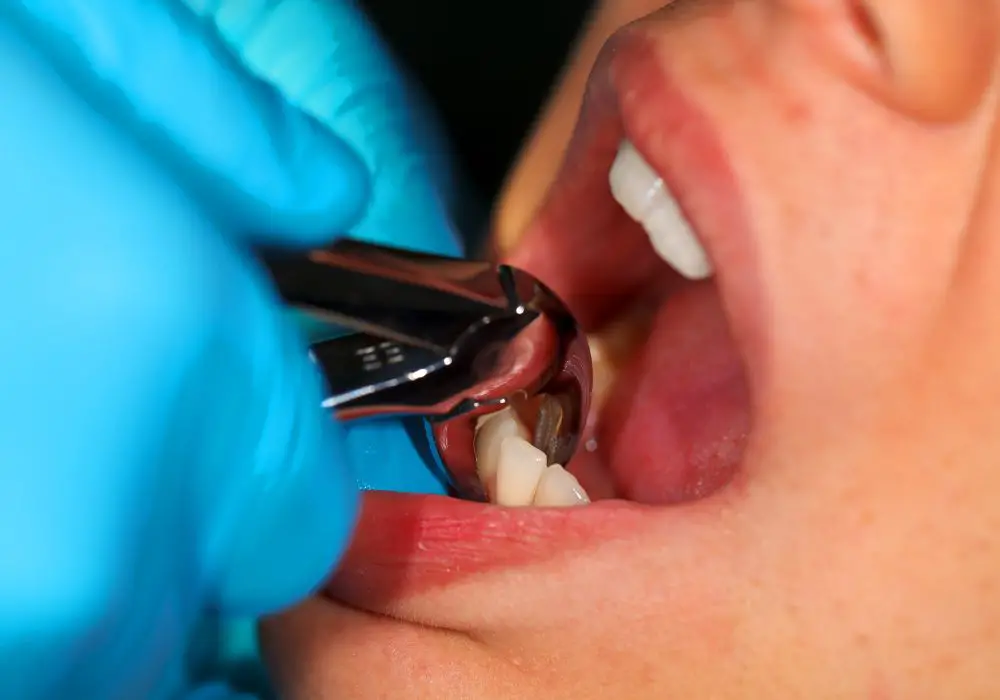
Unfortunately, some cases of advanced tooth loosening and mobility cannot be repaired. Extraction is necessary if:
- The tooth is so severely decayed it cannot support a filling or crown
- Gum disease or abscesses have caused excessive bone loss
- The tooth root is fractured or severely infected
- A failed root canal treatment cannot be redone
- Severe loosening cannot be stabilized using other techniques
- The tooth cannot be saved without compromising healthy neighboring teeth
Though never an easy decision, extraction can ultimately relieve painful symptoms and prevent additional health risks. Talk to your dentist about all options to determine what’s best for your situation.
Alternatives after tooth extraction
Losing a tooth, even for necessary reasons, can be upsetting. Thankfully there are excellent tooth replacement options available:
- Dental implants – Long-lasting implants fuse to the jawbone like natural tooth roots. They can securely support crowns, bridges, or dentures.
- Dental bridges – Bridges span the gap left by a missing tooth, anchoring crowns to adjacent teeth on each side. Multiple missing teeth can also be replaced.
- Partial or full dentures – Removable dentures restore your smile and ability to eat and speak. Partial dentures replace some teeth while full dentures replace all teeth.
- Maryland bridges – These affordable temporary bridges attach replacement teeth to the backs of adjacent teeth via metal bands.
Consult your dentist to decide the optimal solutions for your unique needs and budget. With today’s modern options, you can restore form and function after losing a tooth.
Preventing loose teeth through ongoing care

Daily oral hygiene and regular dental visits can help keep your teeth firmly in place long-term:
- Brush thoroughly – Spend 2-3 minutes carefully brushing twice a day. Use correct technique to clean all tooth surfaces.
- Floss every day – Floss at least once a day to remove food particles and plaque between teeth where your toothbrush can’t reach.
- Use antiseptic rinses – Rinsing daily with antibacterial products like Listerine helps reduce bacteria.
- Eat a tooth-healthy diet – Limit sugary foods and acidic drinks. Stay hydrated by drinking plenty of water.
- Don’t smoke – Smoking increases risks for gum disease, tooth staining, and oral cancer. Talk to your dentist about quitting.
- Wear mouthguards if needed – Protect teeth from sports injuries, teeth grinding, or teeth clenching with custom night guards or mouthguards.
- Visit the dentist regularly – See your dentist for exams and professional cleanings every 6 months to detect problems early that could lead to tooth loosening if left untreated. Address dental issues promptly before they worsen. Stay vigilant with ongoing dental care.
Conclusion
Gluing teeth at home is not a safe or effective solution for loose permanent teeth in adults. Proper diagnosis and treatment by a dentist are essential to strengthen and save loose teeth whenever possible. With today’s many restorative and reconstructive options, you can restore your smile even if a loose tooth eventually requires extraction. Consistent oral hygiene and dental care help prevent loose teeth in the first place.

